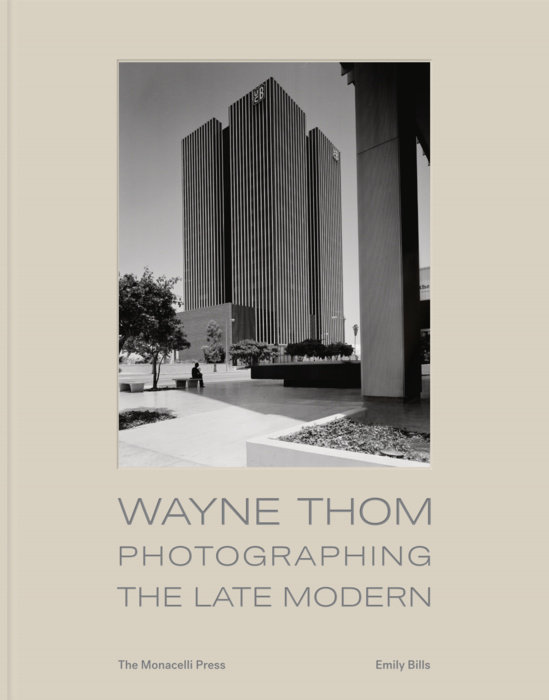Dr. Emily Bills Publishes Book on Architectural Photographer Wayne Thom

Dr. Emily Bills, professor of Urban Studies in the College of Liberal Arts, published a book about Los Angeles-based architectural photographer Wayne Thom (Monacelli Press). A primer to late-twentieth-century Modernism, her monograph chronicles Thom’s photographic practice and the architectural and urban environment in which he worked. His photographs of key projects by path-breaking architecture firms, such as William Pereira & Associates, Gio Ponti, John Portman, I. M. Pei, and A. Quincy Jones, helped establish the idea of cool architectural glamour for the era. Born in Shanghai and raised in Hong Kong, Thom immigrated first to Canada, then to the United States, where he eventually developed a thriving freelance career in Los Angeles. (The same place where his father, although a USC graduate, had been unable to find work due to anti-Asian racism just a generation earlier.)
Dr. Bills’ book places Thom’s work in the changing Southern California landscape. “I wanted to tell the story behind the photographs,” Bills explains. “The region underwent an incredible transformation in a short time. Downtown L.A. gained its first skyscrapers, Orange County went from open fields to low-rise R+D campuses housed in slick mirror-glass buildings, and college campus construction exploded. It’s an exciting period for an urban historian.” One of her biggest challenges was reviewing over 150,000 archival negatives and prints in the Wayne Thom archive, but she also finds this part of the process the most rewarding. “As an interdisciplinary thinker, I like to identify intersections between urban history and visual culture,” Bills says. “Many people learned about L.A.’s built environment from photographs published in magazines, so the image can be incredibly powerful.” She also hopes the book brings attention to Late Modern architecture. “A lot of innovative Late Modern architecture is under threat of demolition, much of it here in Los Angeles. Wayne’s photographs highlight our city’s important contributions to architecture at this time,” she adds.
The book was recently featured in the Los Angeles Times.
Last Updated on February 25, 2021.